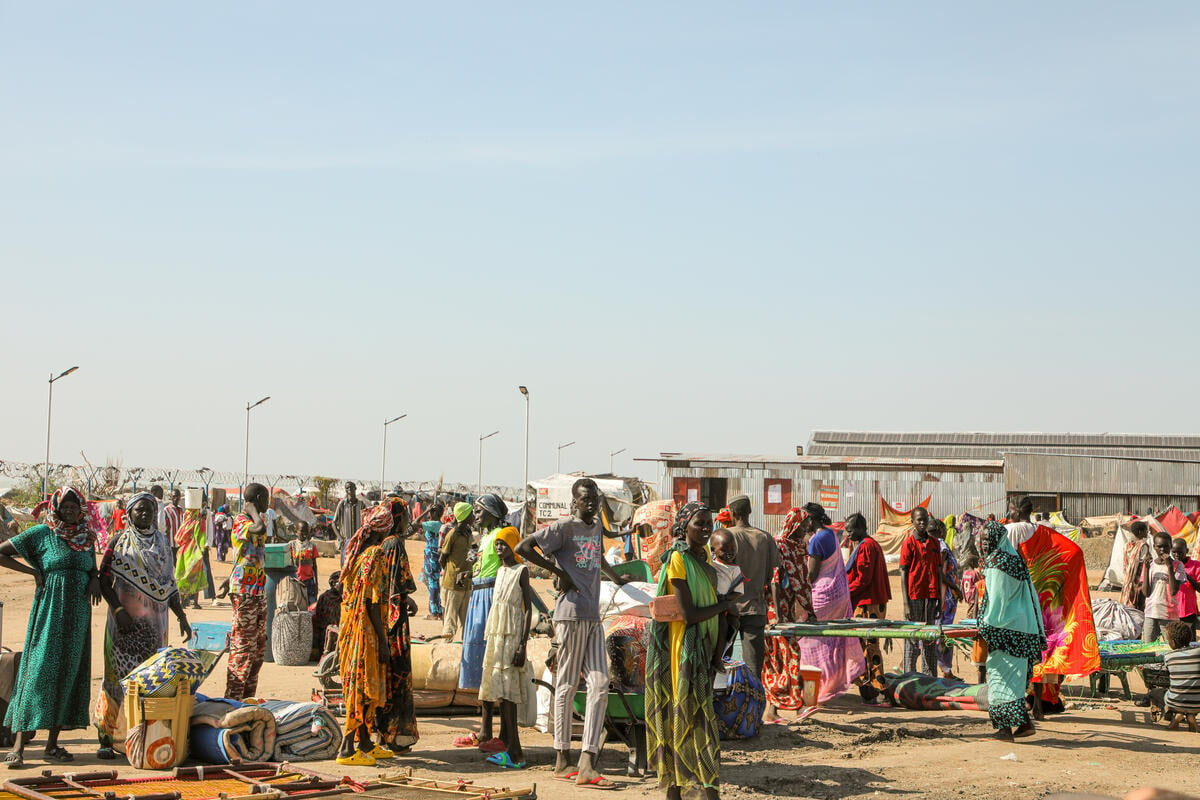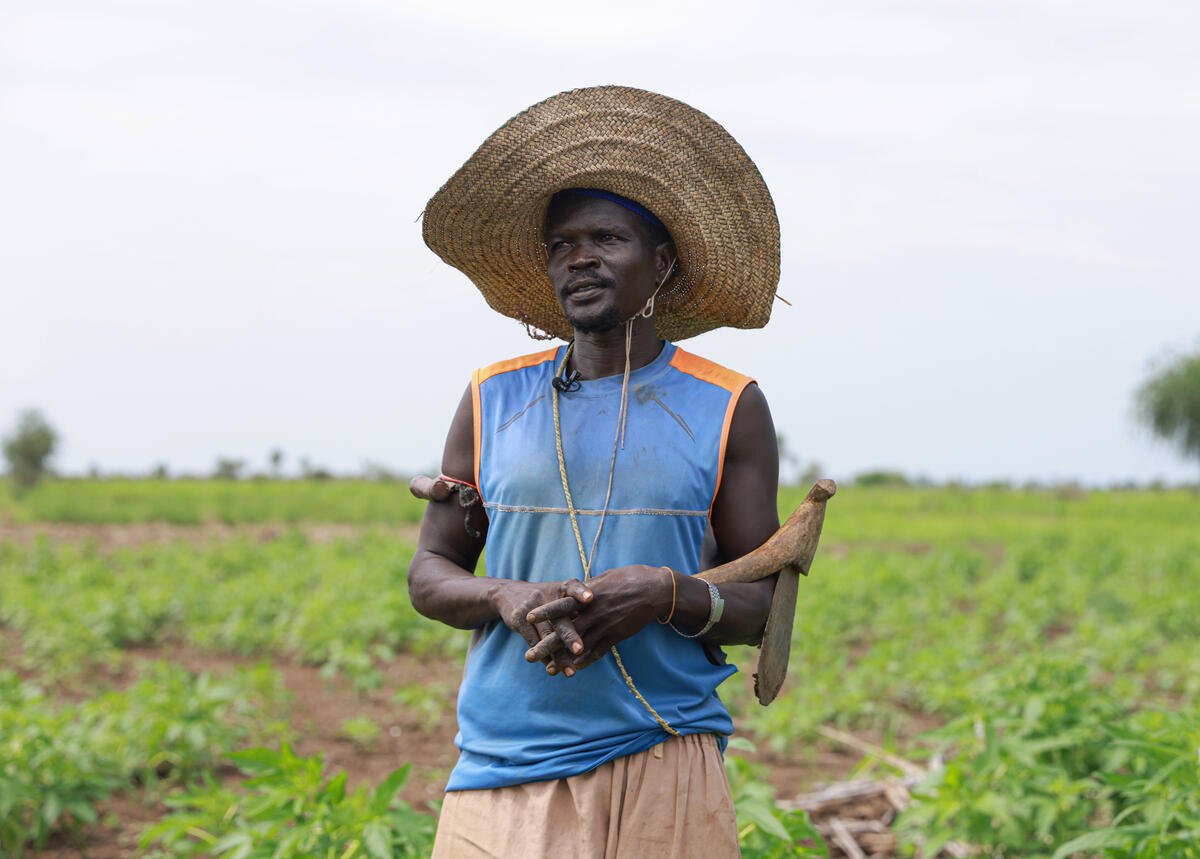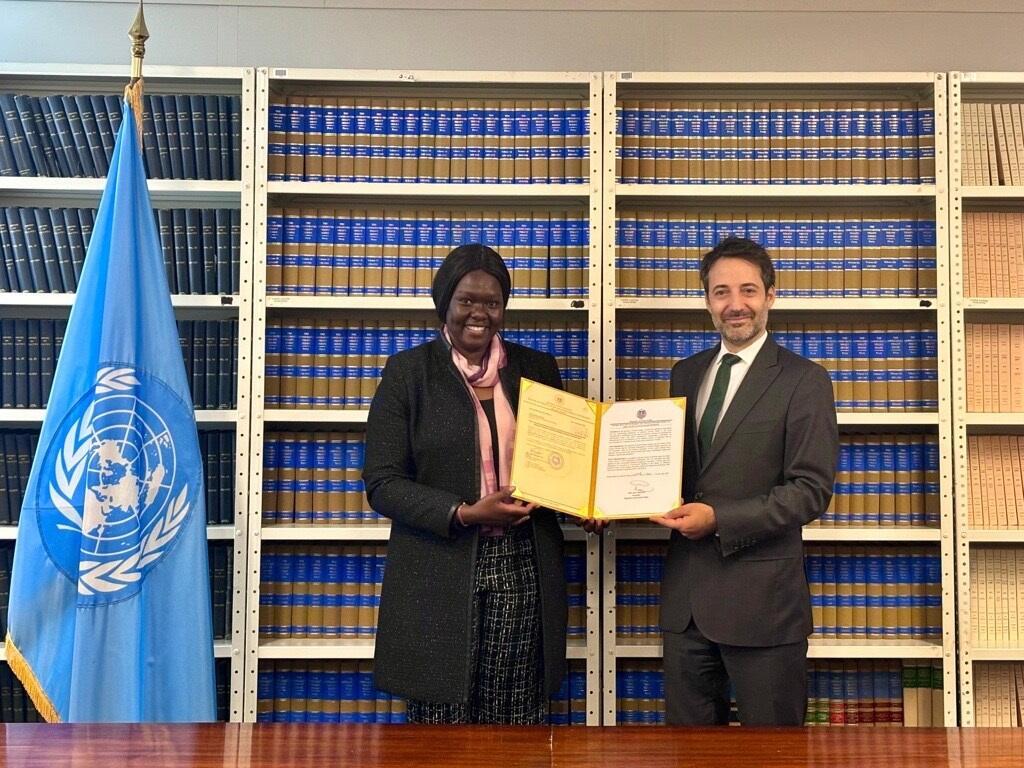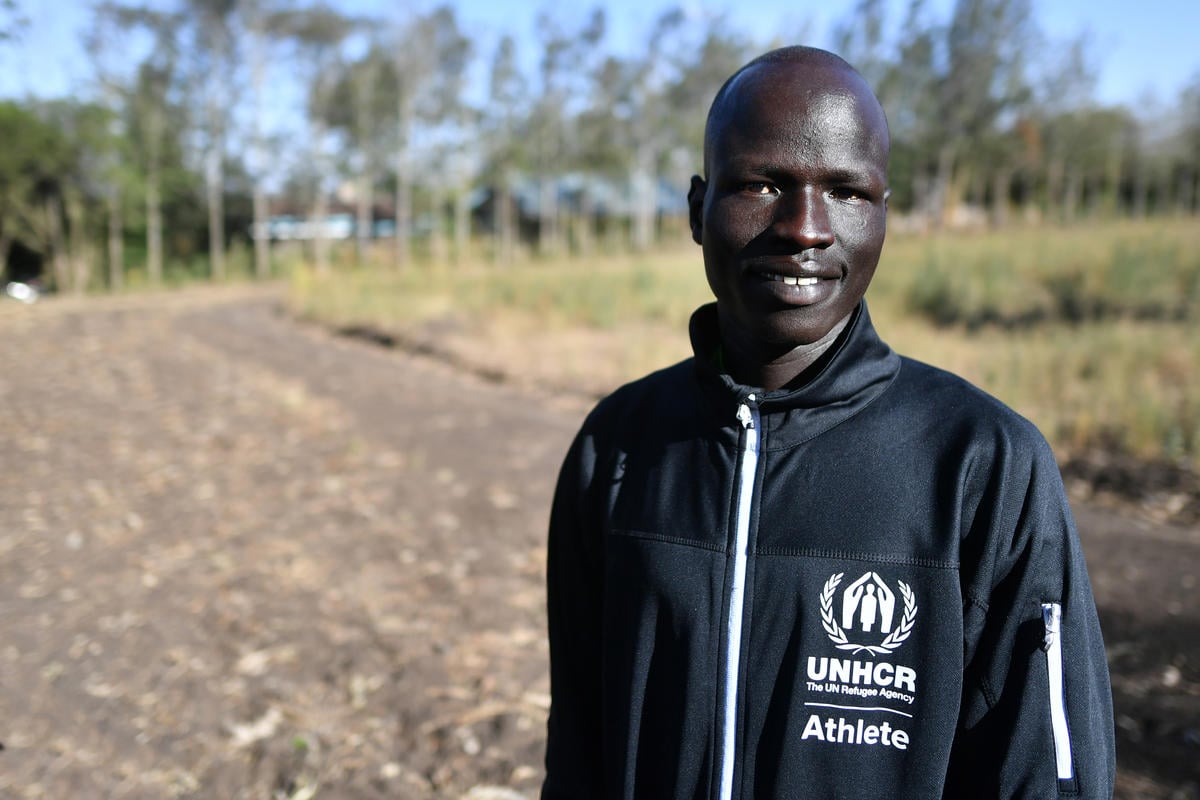Forced Displacement Survey – South Sudan 2023
Forced Displacement Survey – South Sudan 2023

The Forced Displacement Survey (FDS) – South Sudan 20231 is the first of its kind. The survey aims to develop a better understanding of the lives of those forced to flee by presenting a broad overview of the legal and socio-economic situation of refugee and host communities in South Sudan, delivering insights to improve programming and policies. By March 2023, South Sudan was host to 298,362 refugees.
1 The sample for the FDS was drawn before the Sudanese crisis, which started in April 2023. Consequently, Sudanese refugees who have arrived in South Sudan since April 2023 were not surveyed.


Legal status
The majority of registered refugees aged 15 and older have at least one identity document. In the North, 95 per cent of refugees have a refugee identity card, while in the South the share is slightly lower, at 85 per cent. Other identification documents are less common, with fewer than one in five refugees over 15 owning a passport (11 per cent in both the North and South) or government-issued IDs (14 per cent in the North and 12 per cent in the South). Read more about legal status and displacement history in South Sudan.
Demographics
Almost all registered refugees over 15 years of age in the North of South Sudan are Sudanese. In the South of the country, the largest group of refugees are from the Democratic Republic of the Congo followed by Ethiopia and then Sudan.
Around one-third of Northern host community households are headed by women. The proportion is higher among refugee households – 44 per cent in the North and 52 per cent in the South. Over half of the refugee population in the country are under 18 (58 per cent of refugees in the North and South and 52 per cent of the host community in the North). Just 3 per cent of refugees and 5 per cent of hosts in the North are over 60.
Most refugees (87%) live in camps, mainly located in the North of the country. Read more about the demographics.
Social environment
Social environment
The most common form of organizational participation in local groups or activities in South Sudan is in religious groups. In the North, 24 per cent of refugees are active members or leaders of religious organizations, as are 40 per cent of the surrounding host community and 38 per cent of refugees in the South. In the North, 11 per cent of adult refugees are active in refugee organizations (also known as community structures), as are 9 per cent in the South. Learn more about the social environment.
Basic needs
Just over half of refugees have access to clean drinking water nearby and less than half have private toilets. Among hosts, the share is slightly lower.
Almost every refugee in the North who needed health care was able to access it (96 per cent). For refugees in the South and the host community in the North, the share is similarly high (87 and 88 per cent, respectively). Read more about the basic needs situation in South Sudan.
Ninety-five per cent of refugees who needed health care were able to access it. Most of those people did not have to pay for healthcare services.
Around two-thirds of refugee households are classified as having poor food consumption, although the share is much larger in the North (74 per cent) than in the South (53 per cent). The share of households with poor food consumption among the host community in the North is similar to that of refugees in the North.


Livelihoods
65 per cent of adult refugees are not part of the labour force, instead mainly working in subsistence farming or the household (32 per cent in the North and 46 per cent in the South).
Over two-fifths of refugee households saw their incomes fall relative to the previous year. A similar share of host households in the North experienced a drop in their incomes. Read more about livelihoods.









